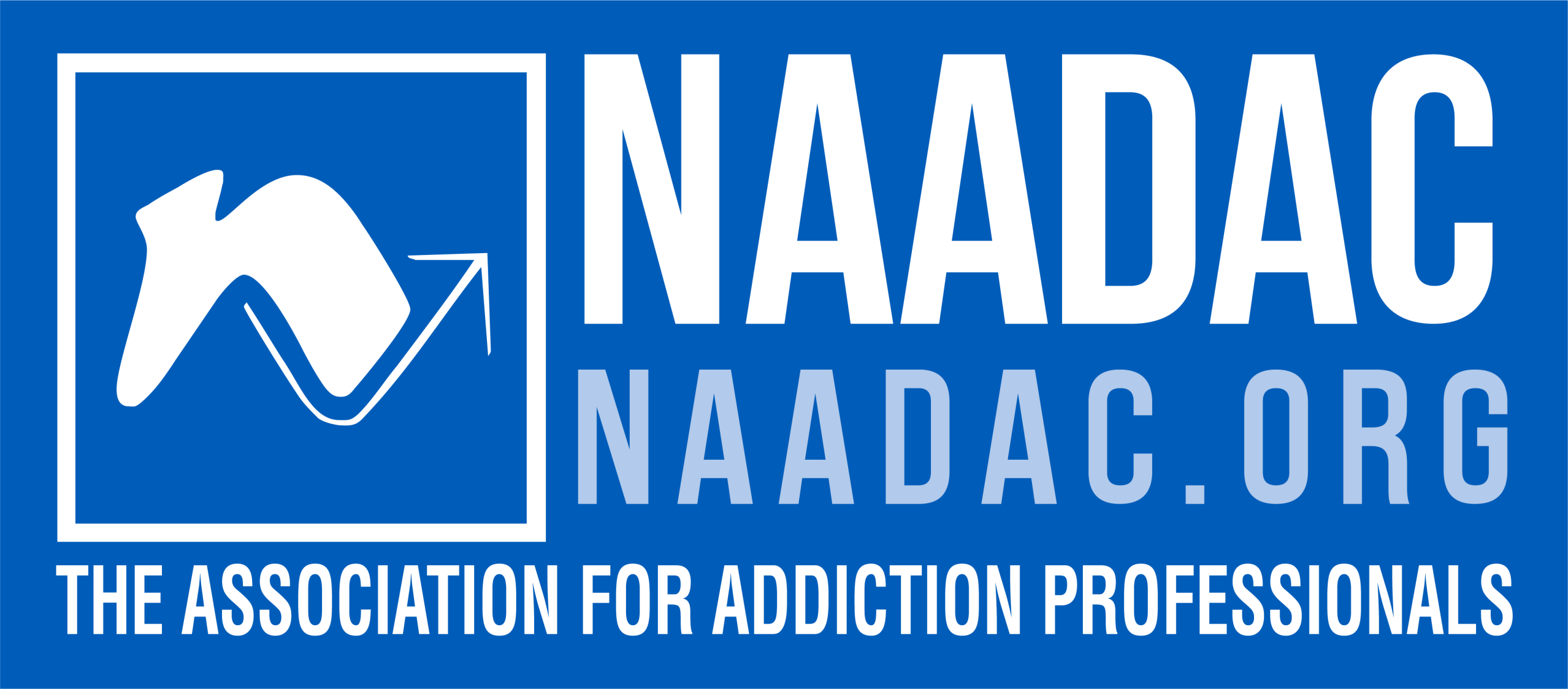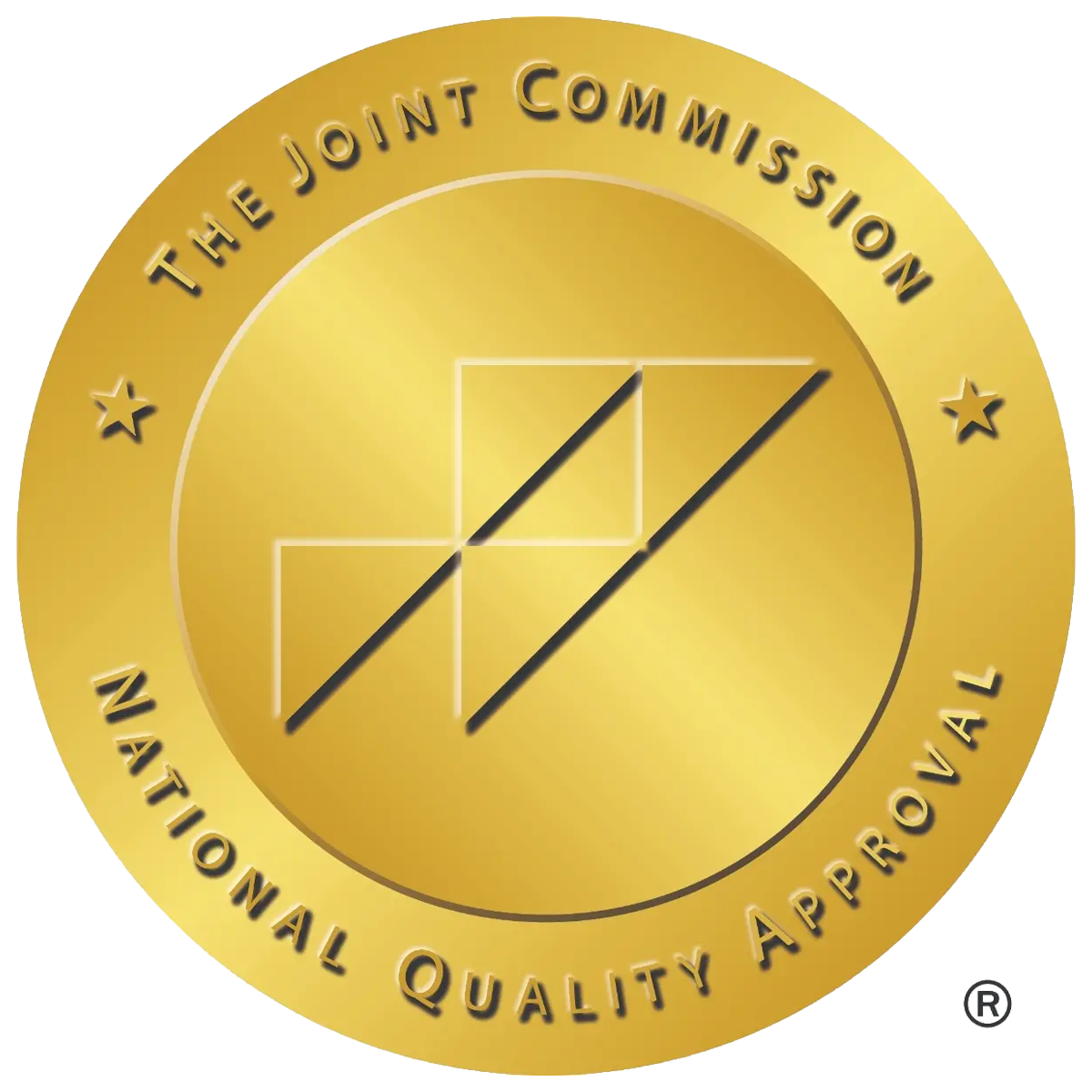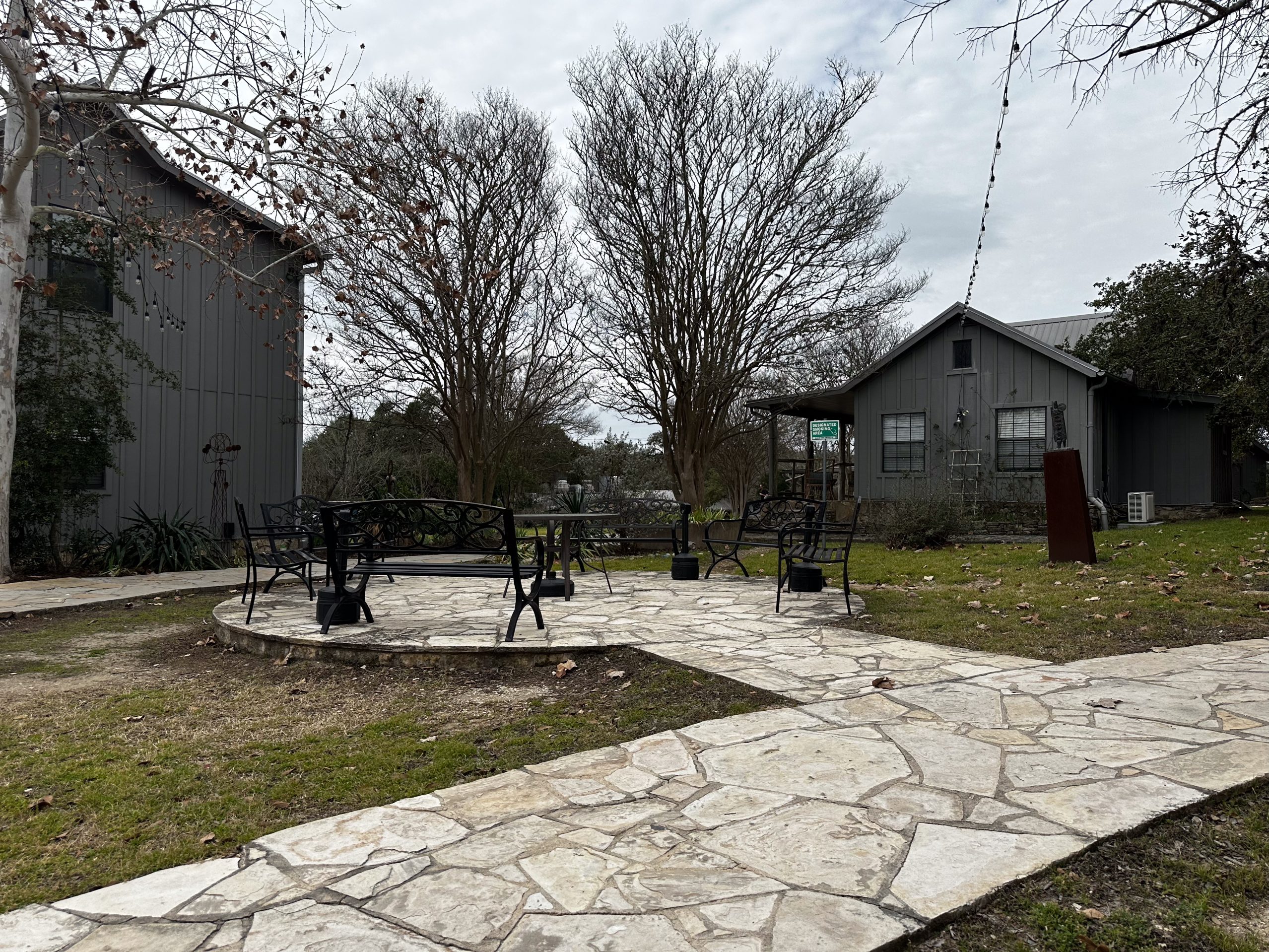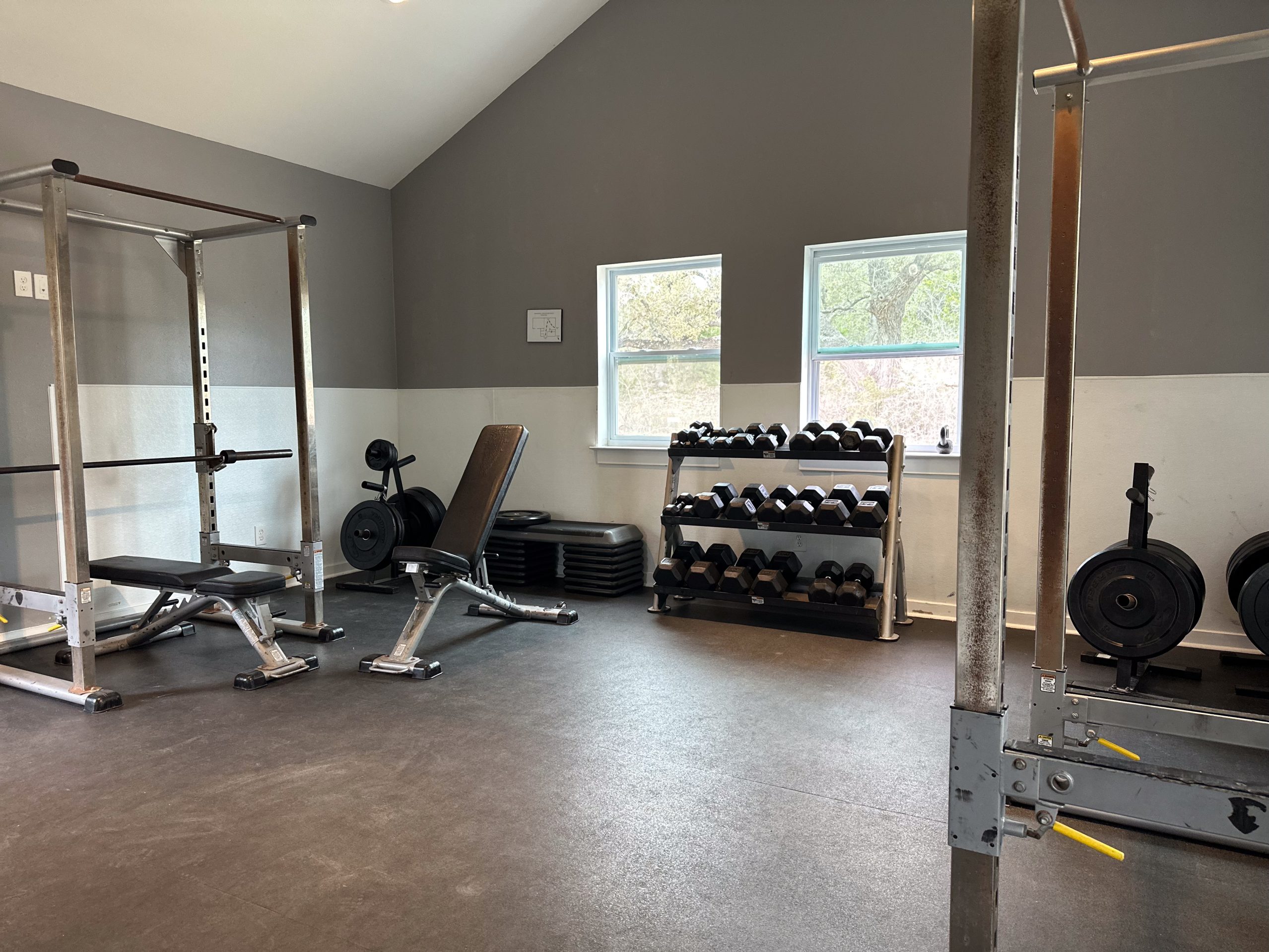Amitriptyline Withdrawal: Symptoms, Detox, and Treatment
GET HELP TODAY!
100% Confidentiality Guaranteed


What is Amitriptyline?
Amitriptyline, once sold under the brand name Elavil, is a prescription medication classified as a tricyclic antidepressant. Amitriptyline is less popular now because of newer antidepressants. However, doctors still use it for major depression, anxiety, and chronic pain. Doctors also prescribe it off-label for conditions like migraines and irritable bowel syndrome.
Despite its “wonder drug” effectiveness, stopping amitriptyline suddenly can result in difficult symptoms. These amitriptyline withdrawal symptoms vary in intensity and may require medical support. Understanding the risks and exploring proper care options helps make withdrawal safer and more manageable.










What Are the Withdrawal Symptoms of Amitriptyline?
One of the most common questions patients ask is, what are the withdrawal symptoms of amitriptyline? Symptoms include nausea, headaches, dizziness, fatigue, mood swings, and symptoms of depression. Some may also experience suicidal thoughts, especially if they already live with mental health conditions.
Over time, the drug becomes familiar to the brain. Stopping it suddenly can upset the chemical balance and cause discomfort. People refer to this as withdrawal syndrome, which can affect both mood and physical well-being.
Why Quitting Cold Turkey Isn’t Safe
While it’s possible to stop taking amitriptyline cold turkey, doing so can be dangerous. People who quit abruptly often experience more severe withdrawal symptoms. The body may struggle to adjust, especially if the person has been on the medication for a long period.
Doctors typically recommend a gradual taper under medical supervision. This strategy helps the body adapt slowly and reduces withdrawal intensity. It also provides time to address any underlying medical condition that might impact the detox process.
The Role of Medical Detox
A medical detox program offers a structured approach to stopping amitriptyline. At a medical detox center, trained professionals monitor symptoms and adjust care as needed. Medical care may include medications for nausea or anxiety, emotional support, and regular check-ins.
Programs like these are safe and effective. This is especially true for patients with complex medical histories or mental health issues. Detoxing with professional help minimizes risks and creates a smoother path to recovery.
What to Expect During Amitriptyline Detox
An amitriptyline detox begins with a full health screening. Doctors gather information about family history, medication use, and overall wellness. From there, the team creates a customized taper schedule to reduce the dosage slowly.
These detox programs focus on comfort and safety. Medical staff track progress and manage symptoms in real time. Some centers also offer therapy and peer support throughout the detox process, helping patients feel informed and supported.
Amitriptyline Treatment Planning and Continued Support
After detox, a long-term treatment program begins. Treatment planning takes into account your personal goals, medical needs, and available resources. Options include inpatient care, outpatient support, or a combination of both.
Patients recovering from amitriptyline use often benefit from ongoing therapy. Working with mental health professionals can help address mood changes, stress, and any lingering symptoms. Therapy also prepares patients for life after detox.
Common Treatment Options
Rehab centers offer a wide range of treatment options for people recovering from medication dependence. These may include talk therapy, group counseling, mindfulness practice, and holistic approaches.
One of the most effective tools is cognitive behavioral therapy (CBT). CBT teaches people how to reframe negative thoughts, cope with stress, and prevent relapse. Combined with support and structure, CBT empowers patients to stay on track.
Understanding the Risks
Although amitriptyline isn’t classified as addictive, it can lead to physical dependence if used long-term. People may rely on the drug to feel normal and have difficulty stopping. Those with a substance use disorder or a history of misusing prescription drugs may face a higher risk.
Other risk factors include high dosages, extended use, and stopping the medication without supervision. Being aware of these issues helps patients make informed decisions and avoid complications.
More Time. More Joy. More You. Start Now.
WE ACCEPT MOST INSURANCES







Amitriptyline FAQ
Is amitriptyline habit forming?
Amitriptyline is not classified as habit forming in the same way as opioids or benzodiazepines. However, physical dependence and withdrawal symptoms may occur if it is stopped abruptly after long-term use.
Can amitriptyline cause a high?
Amitriptyline does not typically produce a euphoric “high.” Misuse of the drug in high doses may cause sedation, confusion, or altered mental states, but it is not considered a recreational drug.
Is amitriptyline an opioid?
No, amitriptyline is not an opioid. It is a tricyclic antidepressant (TCA) that works by balancing serotonin and norepinephrine in the brain. Unlike opioids, it is not primarily used for pain relief, though it can help with certain types of nerve pain.
Can tricyclic antidepressants be abused?
Yes, tricyclic antidepressants (including amitriptyline) can be misused. High doses may cause sedation, hallucinations, or other dangerous side effects. Abuse of these drugs can increase the risk of overdose.
How addictive is amitriptyline?
Amitriptyline is not considered highly addictive, but it can cause dependency-like effects, especially if taken for long periods. Withdrawal symptoms may occur if the drug is stopped suddenly.
Is amitriptyline like a benzo?
No, amitriptyline is not a benzodiazepine. Benzos like Xanax or Valium work by enhancing GABA, a calming brain chemical. Amitriptyline works differently, targeting serotonin and norepinephrine. While both may cause sedation, they belong to different drug classes.
Can amitriptyline cause a positive drug test?
Amitriptyline is not typically detected on standard drug screens. However, in rare cases, it may cause a false positive for certain substances, depending on the type of test used.
What happens to your body if you take too much amitriptyline?
Taking too much amitriptyline can be dangerous and may cause severe drowsiness, confusion, irregular heartbeat, seizures, or even coma. Amitriptyline overdose is considered a medical emergency.
How long does amitriptyline withdrawal last?
Withdrawal symptoms may begin within a few days of stopping and can last 1 to 3 weeks, depending on dosage and length of use. Symptoms may include nausea, headache, irritability, sleep problems, and flu-like feelings.
Is amitriptyline a psychotic drug?
No, amitriptyline is not a psychotic drug. It is an antidepressant used for depression, anxiety, chronic pain, and insomnia. It does not treat psychosis and is not classified as an antipsychotic medication.
Is amitriptyline a fight or flight drug?
No, amitriptyline is not a fight-or-flight drug. It works on serotonin and norepinephrine, but instead of triggering stress responses, it helps regulate mood and reduce anxiety.
What drugs cannot be taken with amitriptyline?
Amitriptyline should not be combined with:
- MAO inhibitors (risk of dangerous interactions)
- Other antidepressants without medical guidance (risk of serotonin syndrome)
- Alcohol or sedatives, which increase drowsiness
- Certain heart medications due to risk of heart rhythm problems
Always consult a doctor before mixing amitriptyline with other prescriptions.
The Role of Family and Community
Recovery is easier with support. Involving family members in treatment provides encouragement and accountability. Loved ones can help with reminders, emotional support, and crisis planning.
Many patients also benefit from joining support groups. These groups provide shared understanding, social connection, and a judgment-free place to talk. Long-term success is more likely when people feel connected.
Life After Amitriptyline
Even after detox, healing continues. Patients may still deal with anxiety, sadness, or fatigue. Staying in touch with care providers and therapists helps manage these feelings and build resilience.
Activities like light exercise, creative hobbies, or volunteering can support emotional health. Learning about your condition and tracking progress can boost confidence and motivation.
Ongoing Care Options
Recovery isn’t one-size-fits-all. Some patients thrive in outpatient programs, while others need more structure. A solid follow-up plan helps maintain progress.
Those who need more time to adjust may benefit from a sober living treatment program with flexible check-ins or community care. These services ensure that patients stay on track and avoid setbacks.
Freedom Starts Here. Take Back Your Life Today.
Same-Day Admissions in Austin Available.
Educating and Empowering Patients
Education is a powerful tool. The more patients know about the withdrawal process, the better prepared they are. Providers should explain tapering, side effects, and ways to manage them.
Helpful resources may include websites, print materials, and in-person workshops. Learning how to recognize signs and symptoms early allows patients to act quickly and reduce complications.
A Nationwide Concern
In the United States, amitriptyline is still prescribed regularly. While it has legitimate uses, many people are unaware of its withdrawal potential. Health providers must balance benefits with risks and offer clear guidance.
Treatment centers across the country are beginning to address antidepressant dependence more thoroughly. With more awareness, patients and providers can work together to improve outcomes.
Moving Forward With Recovery
Recovering from amitriptyline dependence is possible with the right help. Patients should never feel ashamed of needing support. Medical detox, therapy, and continued care make a real difference.
From managing amitriptyline withdrawal symptoms to building healthy habits, every step counts. With guidance, patience, and support, people can reclaim their balance and move forward with strength.

